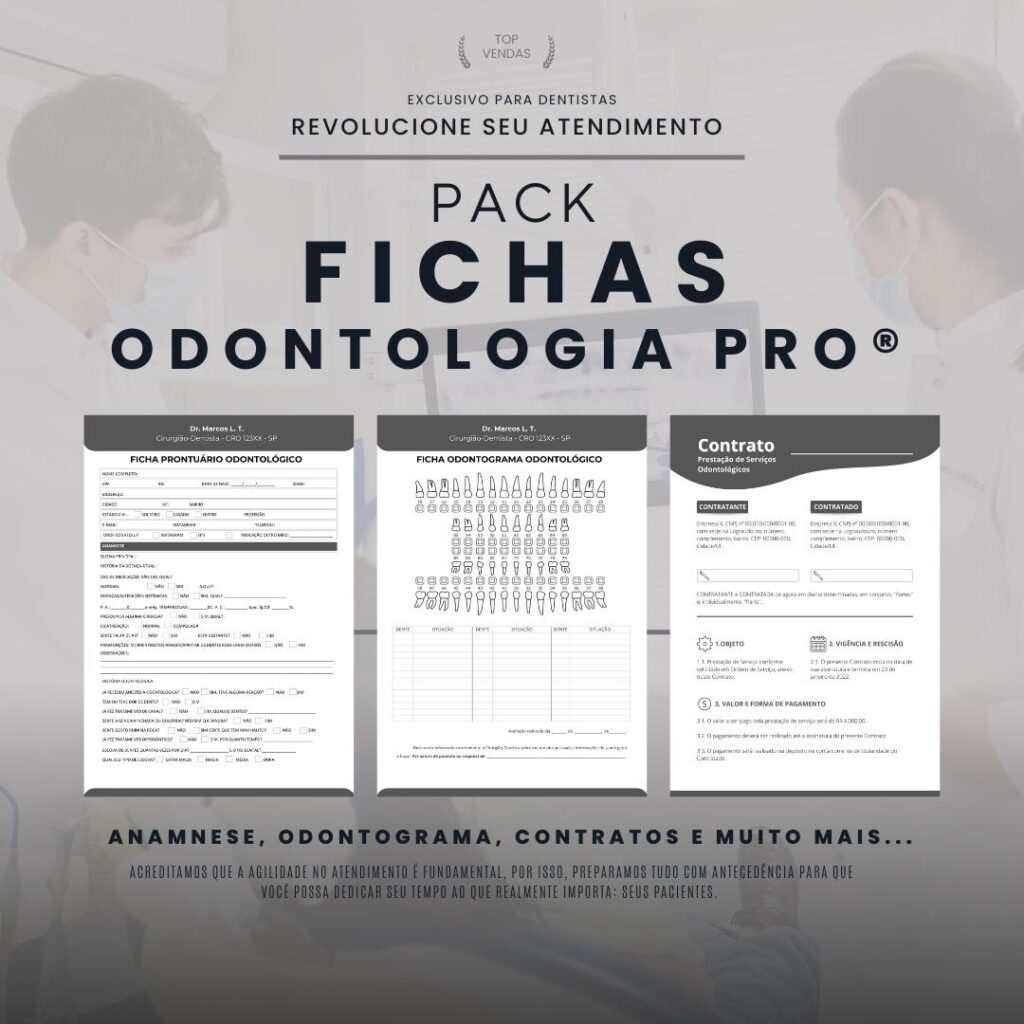What is Sodium Bicarbonate Jet?
Sodium bicarbonate jet is a procedure used in dentistry to remove stains and plaque from teeth. Also known as bicarbonate jet, this treatment involves applying a high-pressure sodium bicarbonate solution to the surface of the teeth using a specific device.
How does the Sodium Bicarbonate Jet work?
The sodium bicarbonate jet works by combining three elements: water, air and sodium bicarbonate. These components are mixed in a reservoir and then released in the form of a jet onto the patient's teeth. The high pressure of the jet allows for the efficient removal of stains, plaque and tartar, leaving teeth cleaner and brighter.
Benefits of Sodium Bicarbonate Jet
Sodium bicarbonate rinses offer several benefits for oral health. In addition to removing stains and plaque, this procedure also helps prevent cavities and periodontal disease. In addition, sodium bicarbonate has antibacterial and anti-inflammatory properties, which help reduce gum inflammation and fight bacteria that cause oral diseases.
Indications for Sodium Bicarbonate Jet
The sodium bicarbonate jet is recommended for patients who have stains on their teeth caused by the consumption of pigmented foods and drinks, such as coffee, red wine and soft drinks. It is also recommended for people who have a build-up of plaque and tartar, which are risk factors for the development of oral diseases. In addition, the bicarbonate jet can be used as a cleaning procedure prior to other dental treatments, such as teeth whitening.
How is the Sodium Bicarbonate Jet performed?
The sodium bicarbonate jet is performed in the dental office by a specialized professional. Before the procedure, the patient's oral health is assessed to verify whether he or she is fit to receive the treatment. Next, a pre-cleaning process is performed to remove food residue and bacterial plaque. After this step, the bicarbonate jet is applied to the teeth in gentle, continuous movements until all stains and plaque are removed.
Care after the Sodium Bicarbonate Jet
After the sodium bicarbonate jet is performed, it is important for the patient to take some precautions to maintain oral health. It is recommended to avoid consuming pigmented foods and drinks in the first 24 hours after the procedure, to prevent the appearance of new stains. In addition, it is essential to maintain good oral hygiene, brushing your teeth at least three times a day and flossing daily.
Contraindications of Sodium Bicarbonate Jet
Although it is a safe and effective procedure, sodium bicarbonate jet has some contraindications. It is not recommended for patients with dentin hypersensitivity, as the high-pressure jet can cause discomfort and pain. In addition, people with advanced periodontal diseases, such as periodontitis, should avoid the procedure, as it can aggravate gum inflammation. It is important to consult a dentist to assess the need and safety of this treatment.
Alternatives to Baking Soda Jet
There are some alternatives to washing with baking soda to remove stains and plaque from teeth. One of them is ultrasonic cleaning, which uses an ultrasound device to remove tartar and plaque. Another option is teeth whitening, which can be done at home or at a dentist's office to whiten teeth and remove surface stains. It is important to consult a dentist to assess which is the best option for each case.
Final considerations
Sodium bicarbonate rinsing is an effective dental procedure for removing stains and plaque from teeth. In addition to providing a deep cleaning, this treatment helps prevent oral diseases and maintain oral health. However, it is important to follow your dentist's instructions and adopt a proper oral hygiene routine to ensure long-lasting results.


